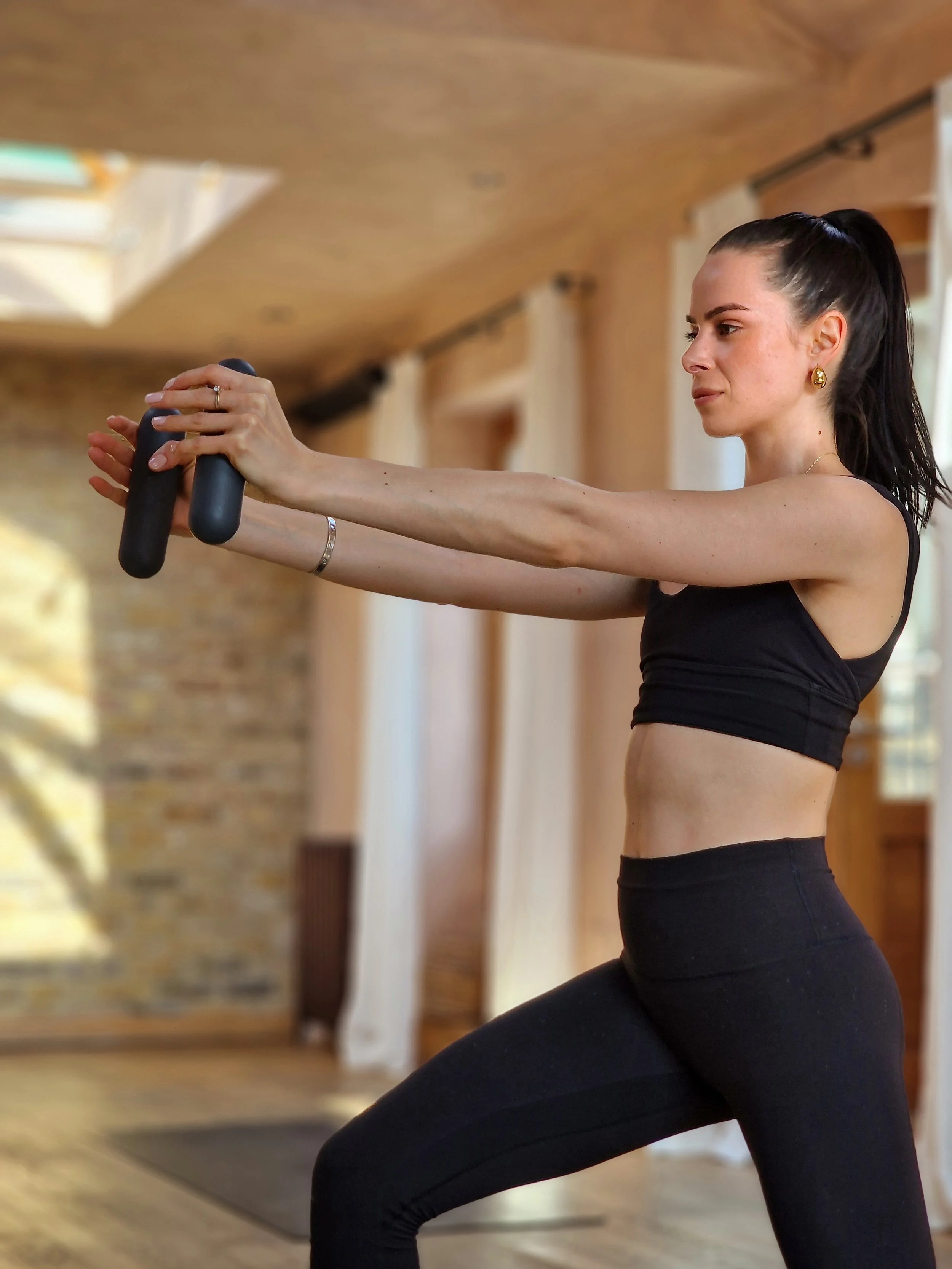Why Low-Impact Workouts Are the Future of Fitness
For years, fitness has been built on intensity — faster, harder, louder. Burnout became a badge of honour, and exhaustion was mistaken for achievement. But something is shifting. The future of fitness is quieter, smarter, and far more sustainable.
Low-impact workouts like Pilates, barre, and yoga are no longer considered the “gentle” option — they’re the intelligent one. These modalities train strength, mobility, and balance without inflammation or fatigue, creating the kind of resilience that lasts decades, not weeks.
At GoodGood Yoga, we see this evolution every day. Our members aren’t just chasing results — they’re reclaiming energy, clarity, and calm. This is strength that feels good, not punishing.
The Physiology of Sustainability
The human body wasn’t designed to live in a constant state of intensity. High-impact training — when done too often — taxes the joints, spikes cortisol (our primary stress hormone), and drains the body’s recovery capacity.
Low-impact movement, on the other hand, supports the body’s natural architecture. It strengthens the stabilising muscles that protect joints, keeps fascia supple, and enhances circulation without excess strain. Over time, this builds not just muscle tone, but longevity — strength that supports your life rather than limits it.
It’s also hormonal intelligence. Low-impact workouts regulate cortisol and balance the nervous system, which supports metabolism, mood, and recovery. When the body feels safe, it lets go — of stress, of inflammation, of resistance.
This is why sustainable movement isn’t just good for your body — it’s essential for your energy and hormonal health.
Stronger, Not Sore
The misconception about low-impact training is that it’s “easy.” In reality, it’s the opposite.
Pilates and barre demand precision and control — activating deep stabilising muscles that high-impact workouts often miss. The smaller the movement, the greater the intensity. Every pulse, every hold, every slow eccentric phase challenges strength at its foundation.
Instead of soreness or strain, you leave class feeling awake, lengthened, and strong. Your posture improves, your breath deepens, and your movement starts to feel more integrated.
This is strength that expands your capacity rather than depletes it — a subtle kind of power that carries into everything else you do.
The Mental Health Connection
The benefits of low-impact training extend far beyond the physical. These modalities create a direct pathway to mental and emotional regulation.
Rhythmic, breath-led movement activates the parasympathetic nervous system — your body’s built-in stress recovery mechanism. As heart rate and breath synchronise, the mind shifts out of survival mode. Stress hormones drop, endorphins rise, and the body re-enters a state of calm energy.
This is why you walk out of a Pilates or yoga class not just lighter in the body, but clearer in the mind. The repetition becomes meditative, and over time, this consistency builds emotional resilience. You learn to meet effort with ease, challenge with calm, strength with softness.
The result? A nervous system that recovers faster and a mind that feels grounded — not overstimulated.
The GoodGood Approach: Intelligent Movement for Modern Bodies
At GoodGood, we’ve built our method around this principle of intelligent, sustainable fitness. Each class — whether it’s Pilates Sculpt, Barre, or Flow — is designed to strengthen the body while soothing the nervous system.
Infrared heat gently warms muscles, promoting flexibility and circulation. Sculpt and barre sessions build deep tone and endurance, while slow flows and restorative classes help regulate hormones and release stress.
We don’t separate fitness from wellness — we integrate them.
Because true health isn’t just how strong you look. It’s how balanced you feel.
The future of fitness isn’t about breaking yourself down — it’s about learning how to stay in rhythm. Movement that supports longevity, clarity, and calm. Strength that doesn’t come at the expense of your energy.
This is low-impact done intelligently.
This is the future of fitness.
And it’s already here.

